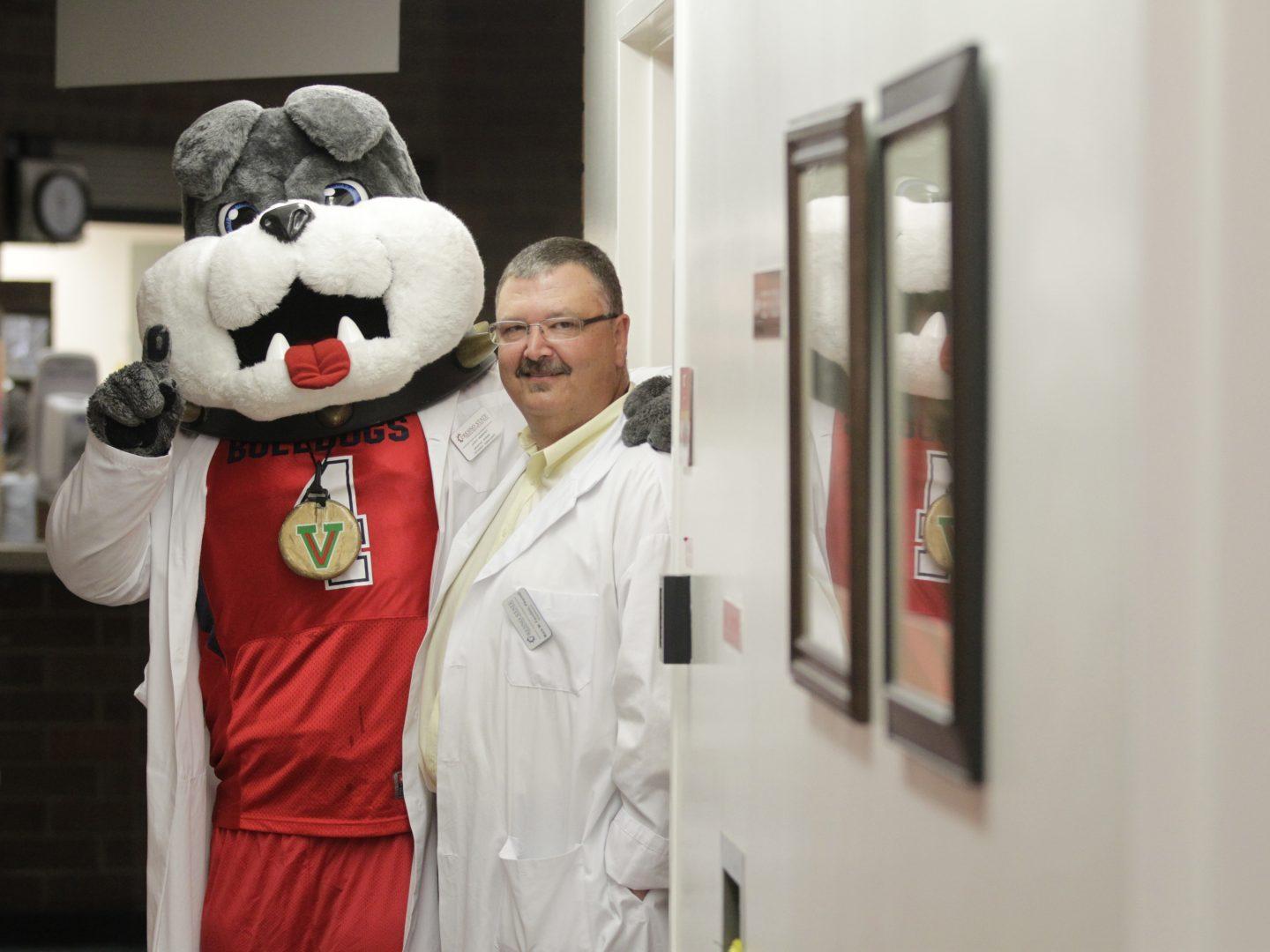Hey, guys!
You have unique health issues.
Like any machine, our bodies require routine maintenance to diagnose problems early and keep our engines running for the long haul.
Men have several unique health issues they should be aware of and know how to address. Let’s take a closer look.
Testicular cancer
Did you know that testicular cancer is the most common cancer affecting men between the ages of 15 and 35?
Approximately one out of every 250 males in the United States will develop testicular cancer at some point in their lifetime.
The average age at the time of diagnosis is about 33.
Symptoms of testicular cancer include a lump or enlargement in either testicle, a change in the consistency, feeling of heaviness in the scrotum, dull ache in the lower abdomen, sudden collection of fluid in the scrotum, pain or discomfort in a testicle or scrotum or enlargement or tenderness in the breasts.
If you notice any of the above, you should probably start with a self-examination.
Don’t know where to start? There are many videos available online explaining how to check your testicles.
If you continue to suspect you have a problem, make an appointment to see your doctor.
Your doctor will start by gathering a health history and determining possible risk factors.
Risk factors include having an undescended testicle, abnormally developed testicles and a personal or family history of testicular cancer.
Following a physical exam, they may want you to have an ultrasound or a blood test. All of these will be taken into account before a diagnosis is made.
Prostate cancer
Did you know that prostate cancer is the second most commonly diagnosed cancer amongst men of all ages (after skin cancer)?
Approximately 164,690 new cases will be diagnosed this year.
One in nine men will be diagnosed with prostate cancer during his lifetime.
Symptoms of prostate cancer include burning or pain during urination, difficulty urinating or trouble starting and stopping while urinating, more frequent urges to urinate at night, loss of bladder control, decreased flow or velocity of the urine stream or blood in the urine.
Unfortunately, there’s no self-examination to help determine diagnosis.
You must see a doctor to help determine the source of your problem. They will do a physical exam and possibly have you take a blood test.
If your doctor detects an abnormality, he/she may recommend further tests.
You can reduce your risk of prostate cancer by choosing a diet full of fruits and vegetables, choosing healthy foods over supplements, exercising most days of the week and maintaining a healthy weight.
Don’t panic
There are many other reasons why you could have any of the above symptoms.
If you have concerns, make an appointment to see a doctor.
Early detection is essential for a good prognosis. With early detection, the five-year survival rate can approach 99 percent!
During the month of November, consider participating in one of the national organizations, like the Movember Movement or No-Shave November, which promote discussion and awareness of these unique types of cancers to men, as well as supporting men’s mental health.




